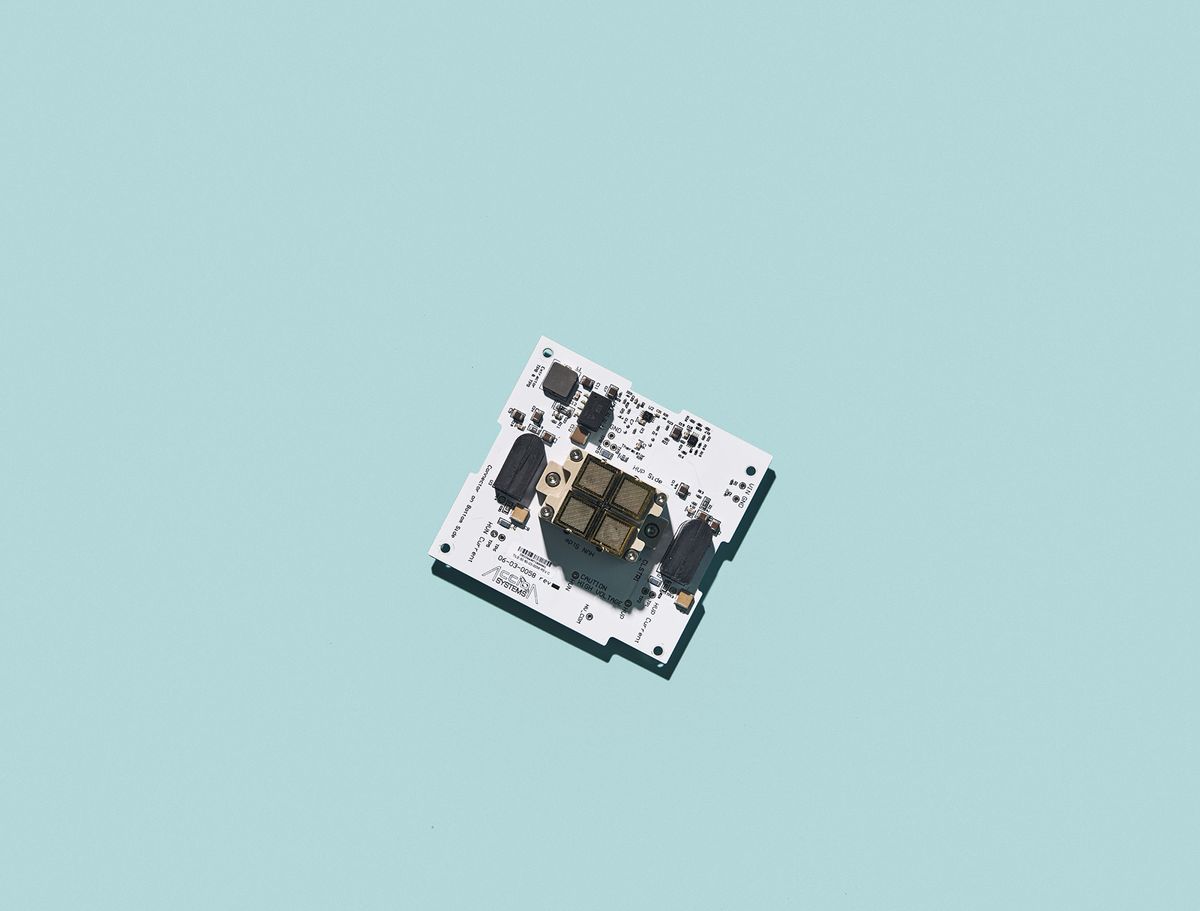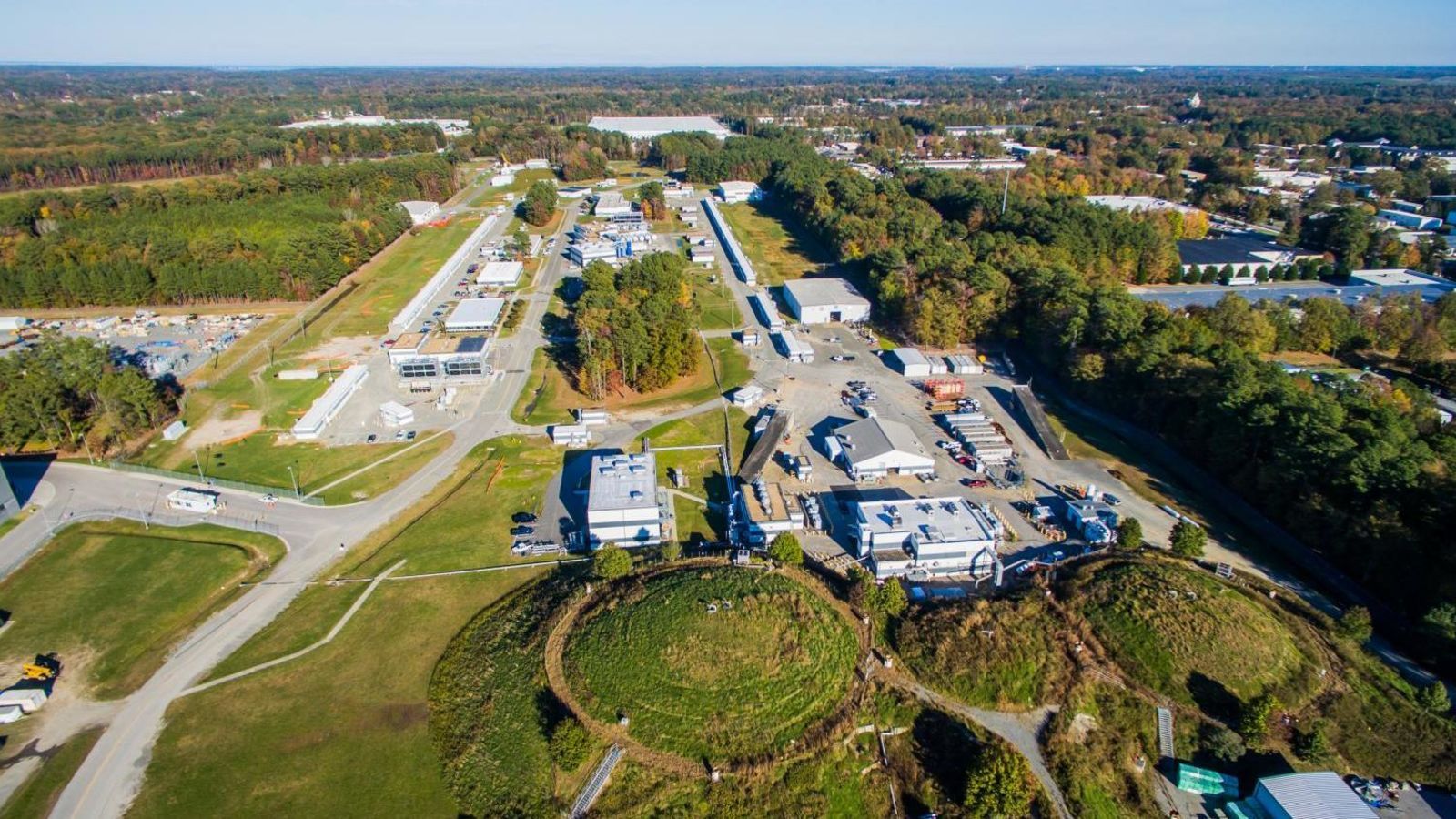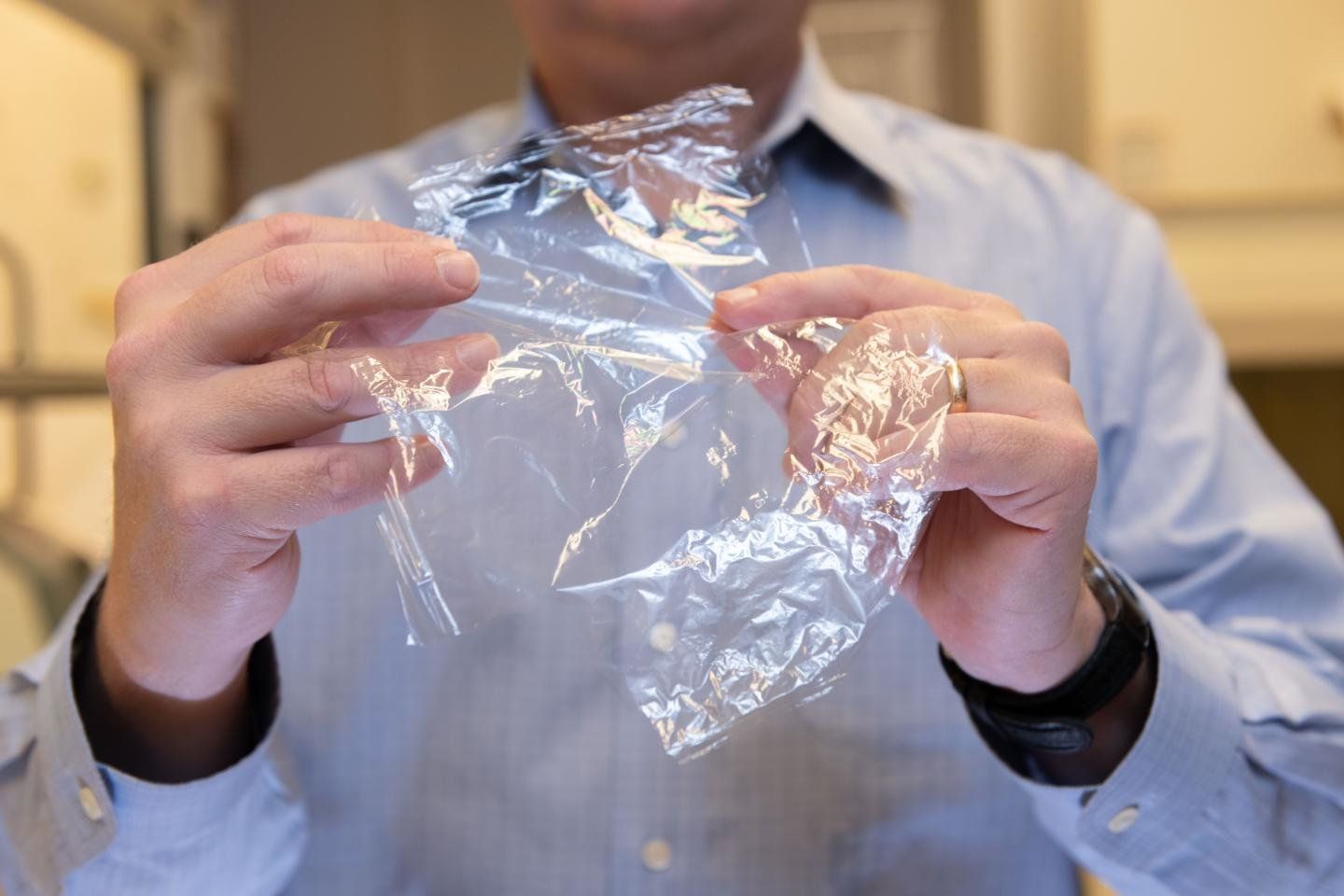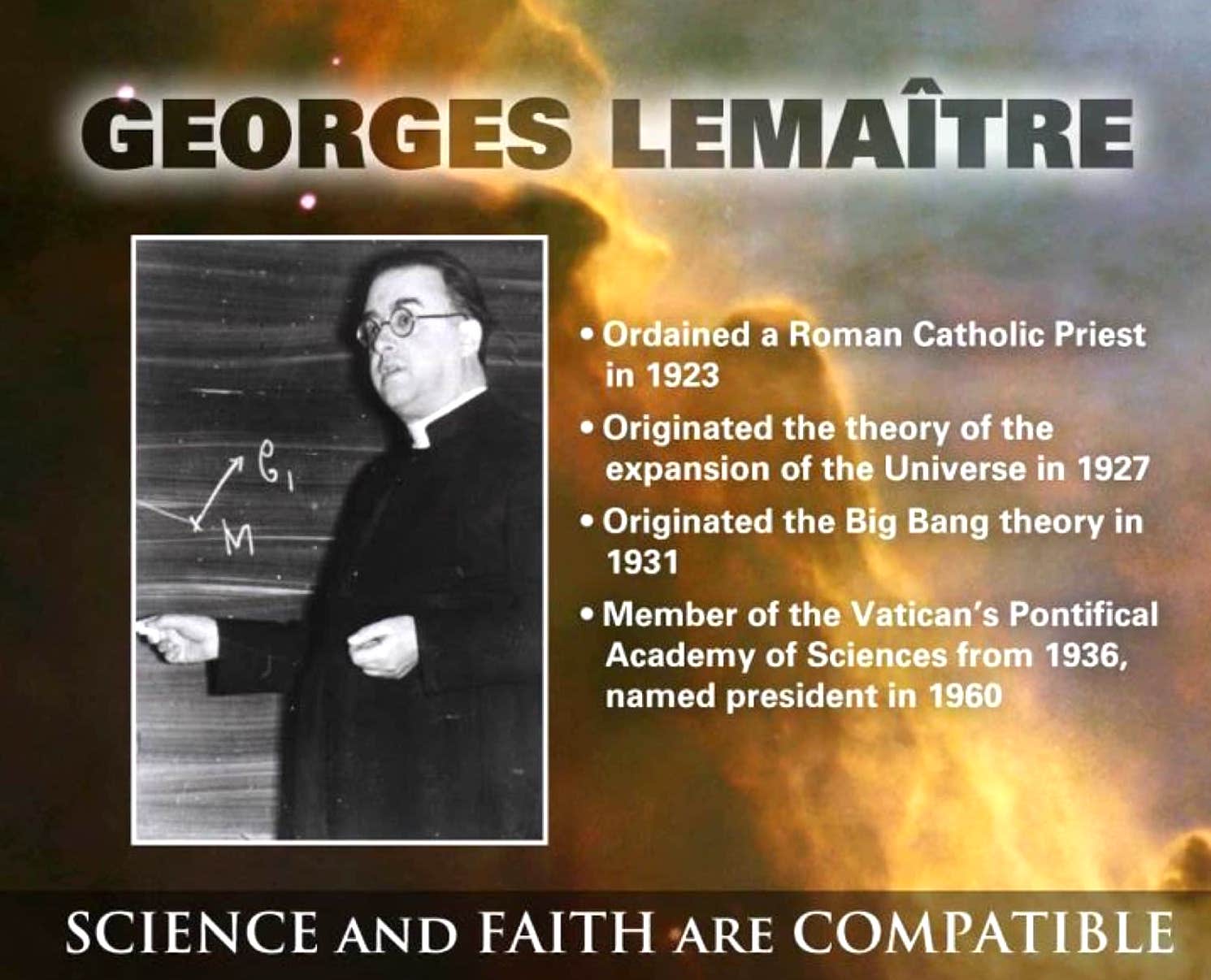Jul 29, 2018
A 7th-Grader Built an Underwater Rover to Save Oceans From Microplastics
Posted by Genevieve Klien in category: engineering
The energetic pre-teen has the full support of Ann Fornof, Ph.D., a polymer scientist with Ludwig-Maximilians-University of Munich, who is her assigned mentor and is advising Du over the summer on her ROV.
“What makes mentoring Anna so exciting is that she has all of the qualities — all of those essential ingredients — to be a great scientist,” Fornof explains to Inverse. “She is passionate about science and its potential to have a positive impact on society; she is curious about how things work and how she can utilize science to better our environment; and she works hard to make creative advancements and solve any problems that she encounters.”
Du, who loves the ocean and marine animals, is set on helping the natural world through her engineering. With her infrared ROV, says Fornoff, Du is “looking with a different lens at a substantial challenge that many scientists and engineers would like to address.”
Continue reading “A 7th-Grader Built an Underwater Rover to Save Oceans From Microplastics” »

















